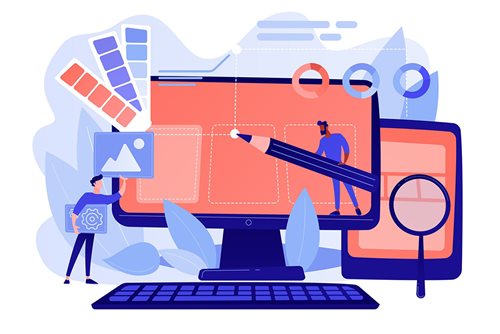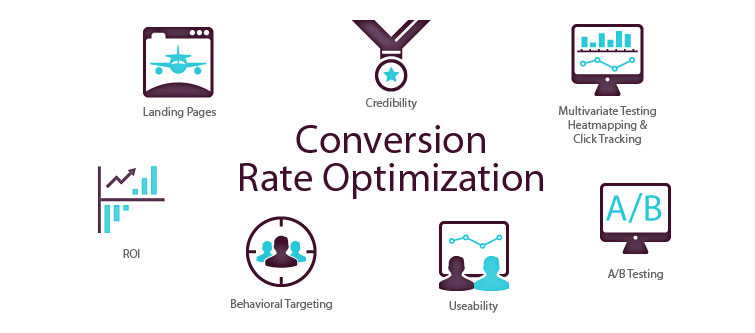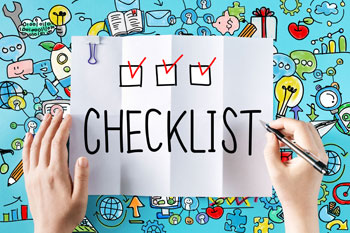Get your free consultation today!
Share with your Colleagues
Categories
ROI Calculator
Moonstone Interactive is the only San Francisco Bay Area web design firm and Internet Marketing expert that offers a free online ROI Calculator
Author: Christin Nolasco

Change can be intimidating. However, the purpose of your website is to generate business. It’s always a good idea to add regular content but when is it time for a refresh or redesign?
A great website will increase customer traffic and optimal interface design will increase the conversion rate by enhancing the overall user experience. A bad user experience means an unhappy visitor. An unhappy visitor means fewer leads and conversions.
How you keep your visitors happy changes over time. Trends change, the competitive environment changes, people’s behavior changes, technology changes, and even your own business changes. To keep up with these changes, you need to know what affects the conversion rate on your website. This will include whether or not you have personalized content and effective call-to-actions.
Conversions—whether they’re signing up for a newsletter, clicking a contact button—are the actions that drive your website. Whether or not these visitors take these actions is driven by the user experience and should establish the foundation of your website design.
Updating your website doesn’t have to be a complete redesign. However, key elements may need to be updated that affect your conversion rate.
Four Signs It’s Time to Update Your Website
Brand Change
Whether your products/services have changed/expanded or you've undergone a brand refresh, your website needs to reflect these updates. This changes the way your business presents itself to the public.
Missing Information
When on your website, visitors should be able to easily find the information that they're looking for. If your current website is difficult to navigate or missing key information, it will have a negative impact on your business.
As we mentioned earlier, your website is a reflection of your business and if it's not an accurate reflection—that can cause miscommunication.
Your website is a resource for every user at every stage in the user journey. You want to ensure that every user that comes to your website has a great user experience and leaves your website satisfied that they found all of the information that they needed or accomplished the goals they were looking to achieve.
Website Traffic
If your traffic isn't growing or if it's been stagnant then it's to reassess the value of your website design. That includes SEO.
Where are you ranking in search results? Are you using the right keywords?
Google Analytics is an excellent tool to assess the performance of your website. However, you need to leverage this data to provide visitors with personalized content and ensure that your website follows SEO best practices.
Mobile Optimization
8 out of 10 people browse websites through their smartphones. Therefore, mobile-friendly websites rank higher than those that are not. These statistics should not be news.
Does your website provide an optimal viewing experience across devices? A responsive design allows visitors to easily read and navigate your website.
If the conversion rate of your mobile website is less than your desktop site, it hasn't been designed with mobile users in mind. A responsive website design affects conversion.

Image: MockingFish
How To Ensure Your Website Is Up-To-Date
Making sure your website is always up to date will require you to keep constant tabs on website performance, educate yourself on SEO best practices and ever-evolving algorithm updates, and actively seek out areas for improvement as you challenge the “status-quo”.
Performance Metrics
Here are some key metrics to help you assess the performance of your website and the impact of your design:
- Visitors: Keep an eye on visitors to your website as you make updates. This will help you to gauge how people are responding to newly updated content on your site and it will also allow you to measure how many people are finding it through organic search.
- Time: Over time, this number should be steadily increasing. If the amount of time visitors spend on your website is decreasing, you have low engagement. This could be caused by a multitude of variables including page load time, content quality, and user experience.
- Bounce: If your bounce rates are increasing, either you have low engagement or updates you made are turning people away. If you want to decrease your bounce rates, it's time to reassess the effectiveness of your content and design.
Testing
There are two different types of CRO tests that are most commonly used by businesses—multivariate testing and A/B testing.
Multivariate Testing
This test modifies several different variables to test a hypothesis. While using the different variables, the test determines the best combination out of the ones used.
A/B Testing
This test compares two separate versions of the same website—or web design elements—to find out the version that outperforms.
CRO tests are crucial because they allow you to discover the best possible alternative with the potential of bringing in the highest possible conversion rate. Testing CRO allows businesses to ensure that the updating of their websites will have a good return on investment and will result in more business.
Competitive Analysis
You can learn valuable insights about your customers by researching your competitors.
Not only does it help you keep up with the market competition in terms of new website design trends or user interface design techniques, but it also gives you the opportunity to increase your conversion rate optimization by gathering real data on your competitors’ strengths and weaknesses and how customers respond to them.
Conducting competitive research is all about finding out what to implement or what to avoid in your user experience design—directly from customers—and leveraging that information to serve your customers better than your competition, ultimately increasing your conversion rate.
Keeping a pulse on your conversion rate and how it compares to that of your competitors will help you determine whether or not it’s time to update your website.
What Can I Do Next?
A website is an ongoing, ever-changing experience that reflects your business. It lets visitors know that your business is alive.
Maybe your business has grown over the past few years. Maybe your business has new goals and services that you'd like to add to your site.
Whatever the reasons might be for updating your site might be, it can benefit your business tremendously in the long term.
Do you want to uncover what kind of updates you need to optimize your website design, increase your conversions, and differentiate yourself from the competition?
If you’re unhappy with the way your website looks and performs, it may be time to consider looking for a digital marketing partner.
Moonstone Interactive has helped an expansive portfolio of clients elevate their websites over the past 25 years. If you’re looking to drive results, chat with us today.


